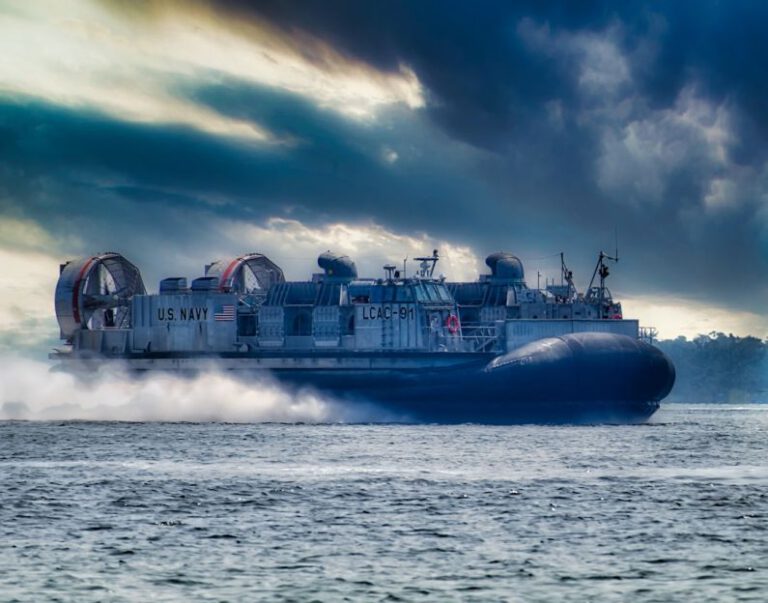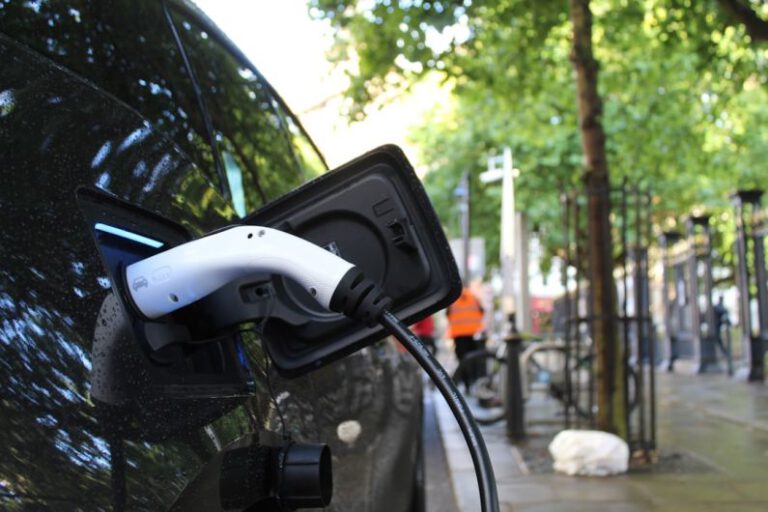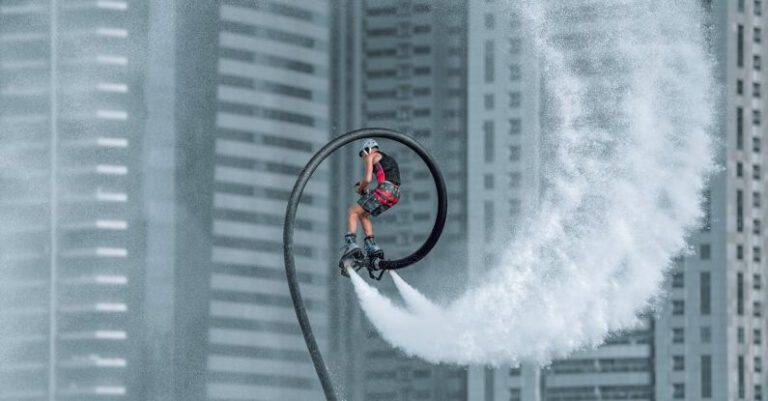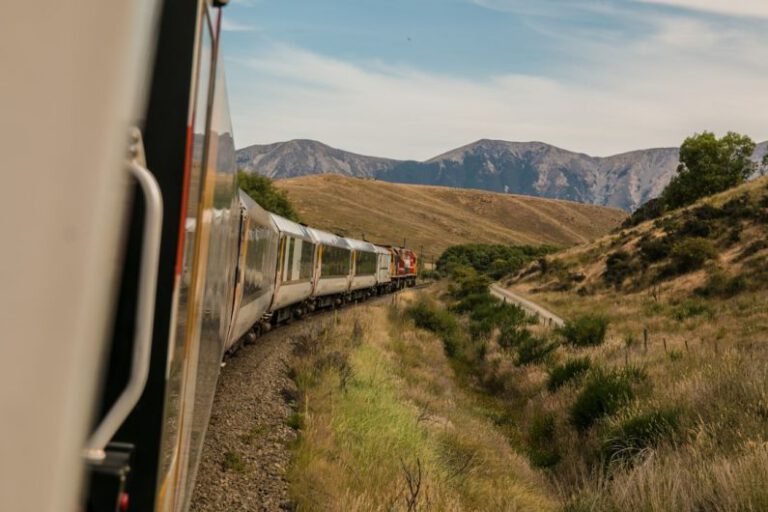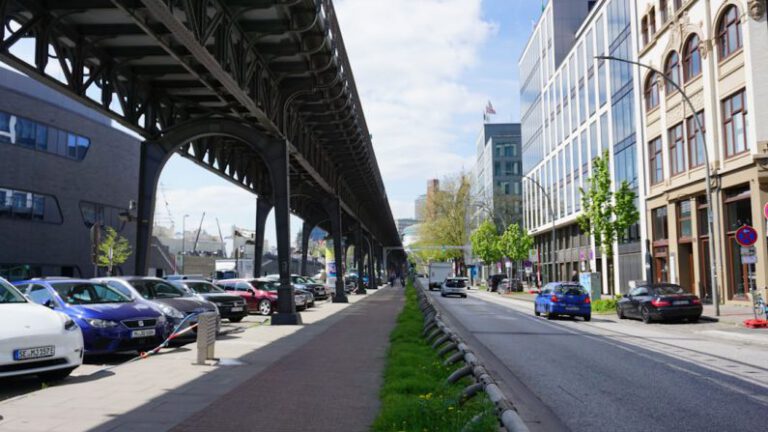Walking the Sky: the Development of High-altitude Pedestrian Air Bridges
In the realm of urban planning and architectural innovation, the concept of high-altitude pedestrian air bridges has emerged as a fascinating solution to connect buildings and communities at lofty heights. These suspended pathways not only serve as practical connectors but also offer a unique experience of traversing the urban landscape from an elevated vantage point. Let’s delve into the evolution and significance of these remarkable structures that are redefining the way we navigate the vertical spaces of our cities.
Origins and Early Adopters
The idea of pedestrian air bridges traces its roots back to the mid-20th century when architects and engineers began exploring ways to enhance urban connectivity without disrupting the existing infrastructure. One of the earliest examples of a high-altitude pedestrian bridge is the Skybridge in Kuala Lumpur, Malaysia, which connects the two towers of the Petronas Twin Towers at the 41st and 42nd floors. This iconic structure not only serves as a convenient passage for occupants but also functions as a tourist attraction, offering panoramic views of the city below.
Architectural Marvels and Technological Advancements
As the demand for high-altitude pedestrian bridges grows, architects and engineers are pushing the boundaries of design and technology to create structures that are not only functional but also aesthetically pleasing. Modern air bridges now feature sleek, transparent walkways made of reinforced glass, giving pedestrians the sensation of walking on air. Advanced structural engineering techniques have enabled the construction of longer and more complex bridges, spanning greater distances and heights with minimal support.
Integration with Urban Planning
High-altitude pedestrian air bridges are not just standalone structures; they are integral components of urban planning strategies aimed at optimizing space utilization and enhancing connectivity in densely populated areas. By incorporating these bridges into the design of mixed-use developments, architects can create vibrant pedestrian networks that seamlessly link commercial, residential, and recreational spaces. This integrated approach fosters a sense of community and encourages pedestrian activity, reducing the reliance on vehicular transportation and promoting sustainable urban living.
Sustainable Design and Environmental Impact
In addition to their functional and aesthetic appeal, high-altitude pedestrian air bridges play a crucial role in promoting sustainable design practices and minimizing the environmental impact of urban development. By providing pedestrians with alternative transportation options, these bridges help reduce traffic congestion, lower carbon emissions, and enhance air quality in urban areas. Furthermore, the incorporation of green spaces, solar panels, and energy-efficient lighting systems into bridge design contributes to the overall sustainability of the built environment.
Challenges and Future Prospects
Despite their numerous benefits, the development of high-altitude pedestrian air bridges is not without challenges. Issues such as cost constraints, regulatory hurdles, and safety concerns pose significant obstacles to the widespread adoption of these structures in urban landscapes. However, with ongoing advancements in materials science, construction techniques, and digital modeling tools, architects and engineers are poised to overcome these challenges and usher in a new era of high-altitude pedestrian connectivity.
Transforming Urban Skylines
In conclusion, high-altitude pedestrian air bridges represent a paradigm shift in urban mobility and architectural design, offering a novel way to experience the vertical dimension of our cities. By seamlessly integrating form and function, these structures not only facilitate pedestrian movement but also serve as iconic landmarks that define the skyline of modern metropolises. As we continue to push the boundaries of innovation and sustainability, the development of high-altitude pedestrian air bridges is set to revolutionize the way we walk the sky and interact with the urban environment.

